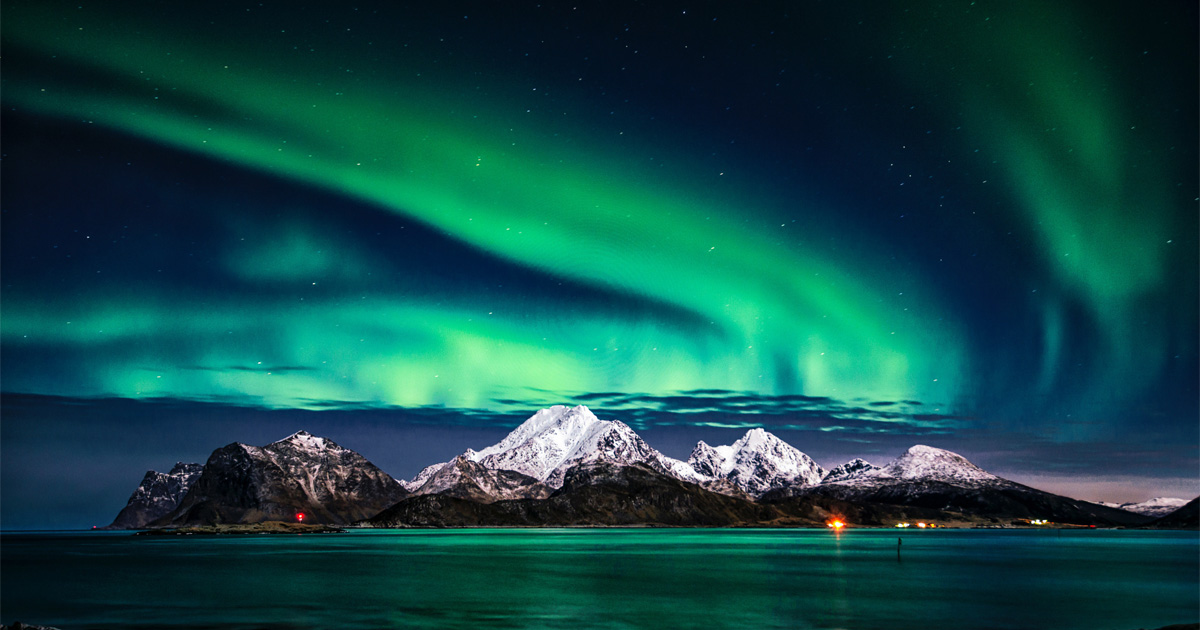Northern Lights Season Has Begun and You Don’t Want to Miss It
Looking to add viewing the Northern Lights to your bucket list? Well, you’ve come to the right place. Alaska has so much natural beauty to offer, but it’s no surprise that one of the most sought-after experiences for tourists is seeing the spectacular display of the Aurora Borealis.
The first question you may be asking is, when is the best time to view the Northern Lights? Prime time in Alaska runs from mid-September through late April. The lights are technically always present, but seeing them depends on many factors such as weather and location, and this time of year provides clear, dark skies, making it an excellent time of year for viewing.
Exactly what creates one of nature’s most fascinating displays? The Aurora Borealis occurs when gas particles in the Earth’s atmosphere collide with charged particles from the sun’s atmosphere. The electrons and protons travel millions of miles from the sun to the earth on a solar wind. This combination creates dazzling, magical displays, unsurpassed anywhere else in the world.
Now that you’re convinced this astonishing sight is a “must-see” just where in Alaska should you plan to visit to see them? The lights are best seen at 65-70 degrees northern latitude, making Northern Alaska a popular choice. For this reason, Fairbanks is a great place to start. This interior city with a higher latitude is often considered the state’s “sweet spot” for viewing the lights. However, if you prefer a southern destination, Anchorage may be your best bet, particularly before or after the equinoxes.
Here are a few more tips to ensure you maximize your Aurora Borealis viewing experience:
1. Nature can be fickle – While the quest to see the Northern Lights can sometimes be a challenge, the reward is great. Think of viewing the lights as an adventure – and don’t discount all the other natural beauty Alaska has to offer!
2. Leave adequate time in your trip – The average time spent in a location near the lights is three to seven days. This gives time to account for cloudy skies or a less than stellar forecast. Remember: the auroras are always there…they just require clear skies to be seen.
3. Be prepared for a late night – Night owls rejoice! The most common time to see the auroras is 11 pm- 3 am. So, take advantage of the opportunity for a mid-day power nap. This way, you’ll be well-rested and prepared for the long night ahead.
4. Consider your fellow tourists – In this world of technology, artificial lighting can ruin not only your experience, but the experience of those around you. Cell phones, camera flashes, flashlights, and car beams are sure ways to dull your experience.
As you can see, no trip to Alaska is complete without the chance to view this natural phenomenon. With the right preparations and a sense of adventure, the Northern Lights are sure to provide a memory that will last a lifetime.

